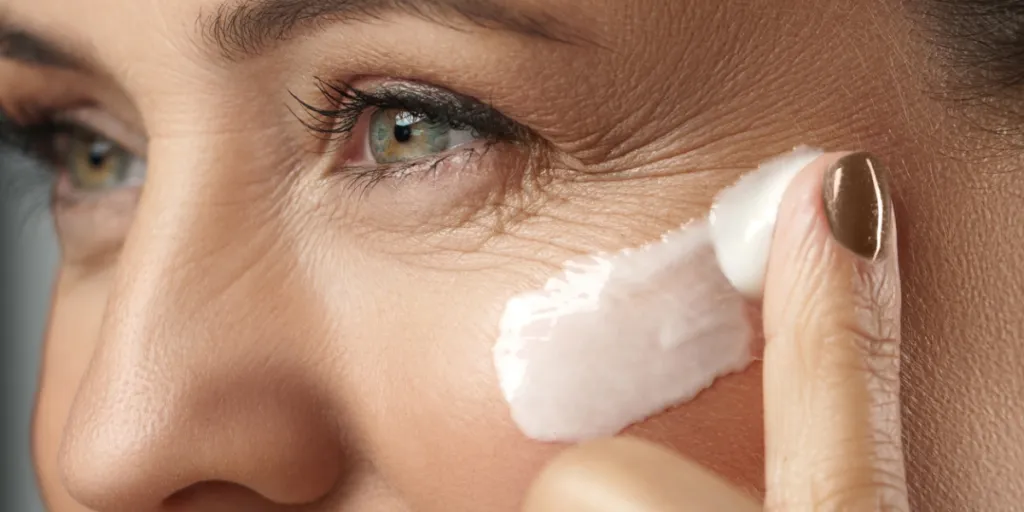Anti-aging conversations are no longer just for older audiences. Gen Z is increasingly interested in “prejuvenation” and prevention, especially on social media platforms like TikTok. Gen Z is also driving the popularity of “tweakment,” or non-invasive cosmetic procedures, and anti-aging content, making recovery care a key area for brands to target.
Gen Z’s focus on longevity and skincare knowledge is also leading to a demand for personalized, tailored skincare approaches similar to those offered at dermatology clinics. Take a look at the anti-aging market – experts forecast it to grow to USD 93.1 billion by 2027. While brands may use alternative terms like “pro-aging,” there’s no doubt that consumers are still interested in “anti-aging products.”
In this article, we’ll explore four trends to help businesses tap into the growing anti-aging market, so that you can get ahead of the curve come 2025.
Table of Contents
An overview of the anti-aging skincare conversation on social media
4 anti-aging skincare trends to take advantage of in 2025
Bottom line
An overview of the anti-aging skincare conversation on social media
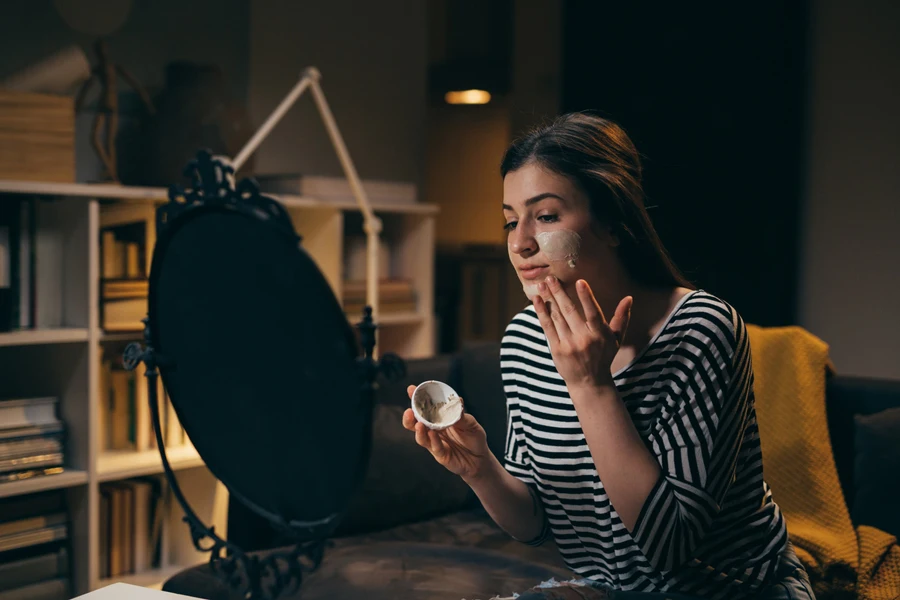
Although discussions about anti-aging decreased social media in 2023 overall, it saw an uptick in January 2024. Late-stage users, particularly in APAC and Europe, have led these conversations and revived interest in anti-aging products, especially in Q1 2024. Data from WGSN splits users into four stages: innovators, early adopters, early majority, and mainstreamers, each with different selling requirements and opportunities. Here’s a closer look at each one:
Innovators
Innovators are particularly interested in daily skincare routine products with “gel” formats and those focused on “cleansing,” “protection,” “plant-based” ingredients, and “personalization.” Here are key actions brands should take for these users:
- Invest in Tactile formats: Stock skincare products with appealing textures, like vitamin C gels
- Create curated skin plans: Offer personalized skincare routines tailored to specific aging issues and uneven skin tone (especially with lactic acid)
- Provide made-to-order skincare: Allow customization of skincare products to meet individual needs
- Explore tweakment-adjacent skincare: Explore products that complement cosmetic treatments or “tweakments”
Early adopters
These users focus on achieving radiant, glowing, and youthful skin. They are particularly interested in products with peptides, and worry more about hydration. Here are key actions brands should take for early adopters:
- Offer peptide-forward formulations: Focus on skin care regime products that feature active ingredients, like peptides, which these customers love
- Use barrier-friendly textures: Offer products with gentle textures (especially those with hyaluronic acid) on the skin and support the skin barrier and collagen production
- Adopt descriptive terms: To appeal to these consumers, use terms like “dewy,” “glow,” and “glass skin” in product descriptions
Early majority
Early majority consumers focus the most on the type of product format and UV protection. They prefer products in “oil” and “gel” formats. Here’s what businesses can do to appeal to them:
- Offer innovative textures: Stock skin care routine products with unique, lightweight textures that give a sense of “glimmer” but are gentle on the skin
- Ensure moisture protection: Ensure these products don’t strip the skin’s moisture barrier
- Focus on UV protection: Include UV protection in skincare offerings to meet these users’ needs
Mainstreamers
Mainstreamers are more interested in longevity beauty, skincare with peptides, and preventative solutions. They prefer products in formats like serums, oils, and patches. Here’s how to appeal to these consumers:
- Offer prejuvenating solutions: Target consumers in their 20s with products that prevent early visible signs of aging (like age spots)
- Use convenient formats: Prioritize products that are easy to apply, dry quickly, and are comfortable on the skin
4 anti-aging skincare trends to take advantage of in 2025
1. Longevity solutions
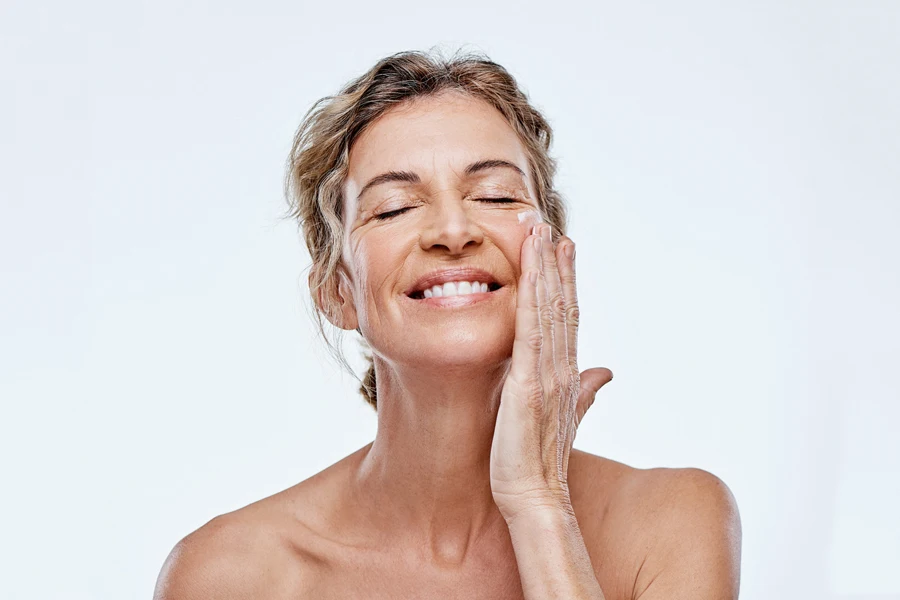
Longevity is a growing trend in anti-aging products, focusing on solutions that promote long-term skin health (through Vitamin E, etc.) and target cellular-level aging instead of just chronological aging. The best part? The conversation around longevity in anti-aging has been steadily rising, particularly among mainstream consumers in APAC and North America.
Key elements driving this trend include the increasing use of peptides and collagen banking, which help improve the skin’s elasticity, barrier, and overall health. Moving forward, brands should emphasize prevention and skin health in their messaging and introduce age-agnostic products that cater to deeper, cellular-level skincare that goes beyond fixing the appearance of fine lines and wrinkles.
Innovative products like Swiss brand Timeline Nutrition’s Mitopure-infused skincare target cellular processes such as mitophagy to combat aging at the genetic level. Overall, this trend reflects a shift toward more advanced and preventive anti-aging solutions.
2. Post-surgery care
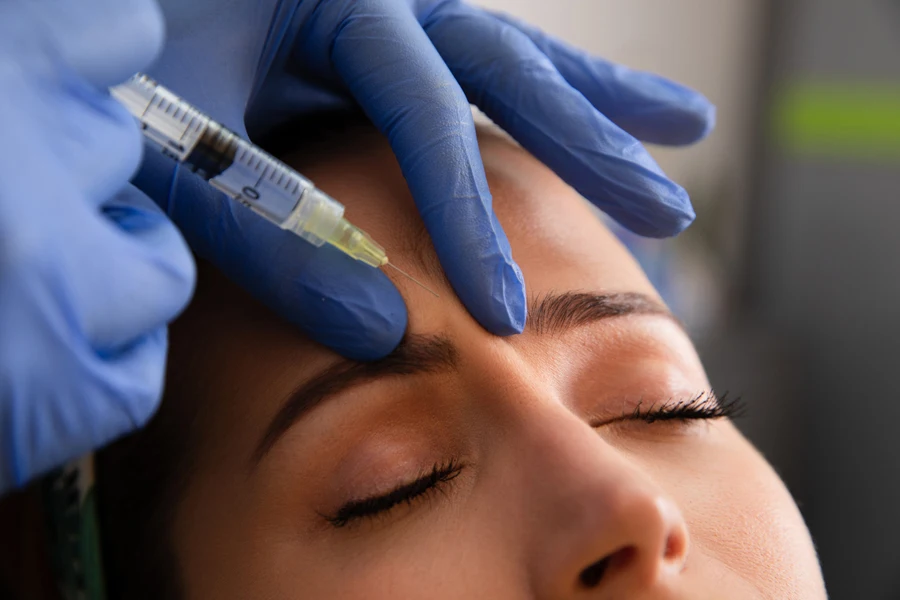
As mentioned above, there’s a growing demand for anti-aging products among Gen Z, particularly those that complement “tweakments” and cosmetic surgery. With Gen Z driving the popularity of tweakment content on platforms like TikTok, products that aid recovery post-procedure have registered increased interest.
This trend highlights the rise of topics like “post-surgery care” and “gentle,” indicating consumers seek safe products for recuperation from various types of ailments. Additionally, terms like “notox” and “tweakments” suggest demand for skin care products that replicate cosmetic procedures without the need for surgery, such as using glycolic acid to remove dead skin cells.
In the short term, brands should use tweakment-related language (e.g., “filler,” “gentle”) to draw customers. On the other hand, long-term strategies should focus on medical-grade ingredients and advanced technologies that mimic professional treatments. For example, the Korean brand VTCosmetics uses micro-spicules in its serum to imitate the effects of microneedling.
3. The appeal of lightweight
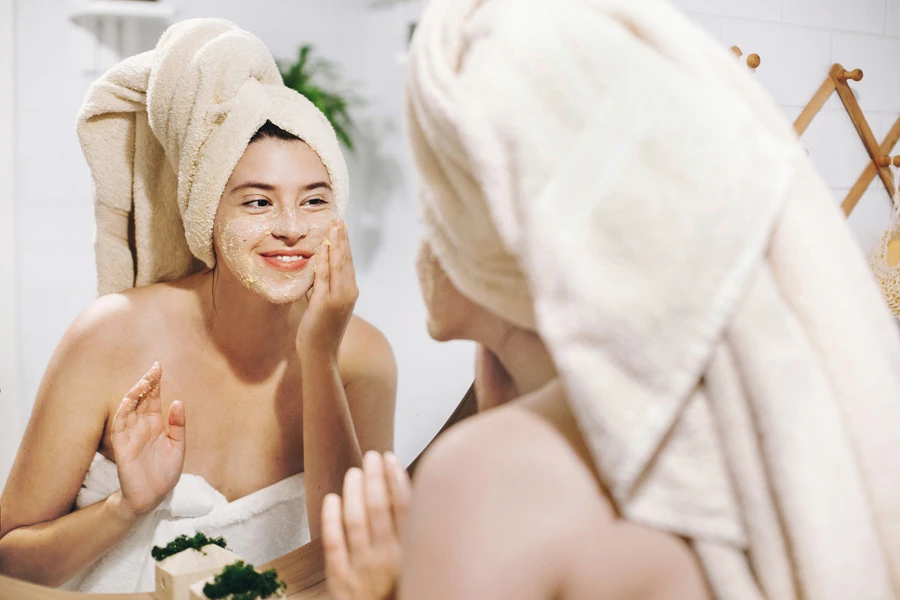
2025 is also likely to see a growing preference for lightweight, non-sticky skincare products, especially in hotter climates. Consumers are moving away from heavy, occlusive textures (common in anti-aging and UV products) and embracing lighter, cooling formulas instead.
Data shows that lightweight textures, particularly serums and oils, dominate the conversation, while “gel” textures are gaining popularity, especially among innovators and in APAC markets. Patches are also becoming a big hit for mainstream consumers.
Rising temperatures globally are one of the primary drivers of this trend. Lightweight skincare products feel comfortable without sacrificing protection against environmental factors like heat and UV rays – so it’s no surprise that consumers are demanding more of them.
Hence, brands should focus on lightweight, quick-drying formulations that provide cooling sensations in the short term. Long-term innovations should target skin issues caused by heat exposure. For example, the Chinese brand Byflowering offers sheet masks to prevent pigmentation from sun damage.
4. Hi-tech skin plans
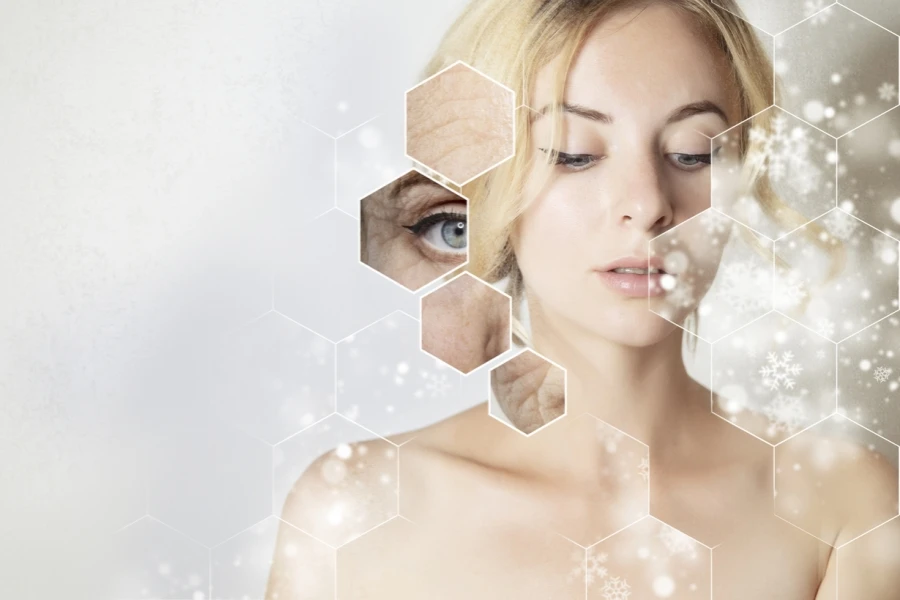
“Skintellectual” consumers are moving away from general anti-aging products in favor of personalized skin plans tailored to specific skin goals, such as smoothness, youthfulness, radiance, and elasticity. General mentions of “anti-aging” are decreasing, while personalization and customized regimens are gaining popularity, especially among innovators in APAC.
This trend toward personalization is driven by a desire for tailored skincare routines that address individual needs. Brands can leverage this trend by offering portioned products with proven results supported by lab data. Long-term innovations might include AI-powered tools to monitor and adjust skincare based on changes in the skin.
Bottom line
The beauty industry in 2025 is heading toward advanced, targeted, anti-aging formulations that address specific concerns like hormonal acne and UV damage. Consumers, especially younger generations, are becoming more knowledgeable about aging and are searching for precise solutions. Hence, brands should focus on “prejuvenation” to target people in their 20s, providing preventative care for early signs of aging and recovery.
Brands should also ensure their research is inclusive, especially across ethnic group types. They should consider offering products during sales and free shipping to appeal to budget-conscious Gen Z consumers. Additionally, as temperatures contine to rise, there’s likely to be a growing market among people in hotter climates seeking restorative treatments for exposed skin, incentivizing retailers to offer specific formulations.
